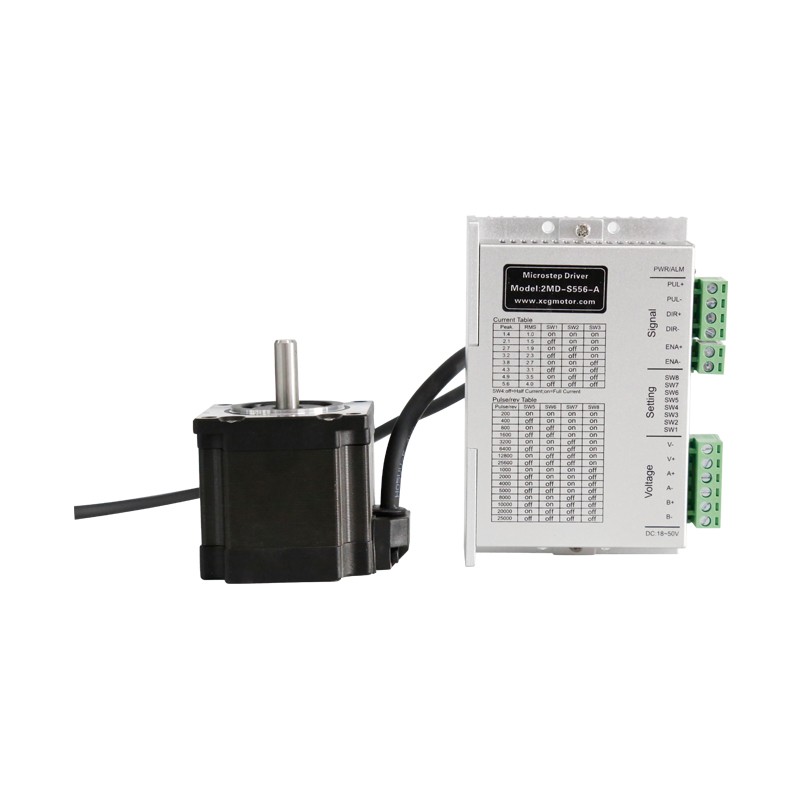Source:Industry News Release time:2022-02-26 Clicks:0 Popular:Reduction motor manufacturer

Principle of stepper motor: A stepper motor is an open-loop control component that converts electrical pulse signals into angular displacement or linear displacement. Under non-overload conditions, the frequency and number of pulses determine its speed and stop position. It is not affected by load changes, that is, adding a pulse signal to the motor, the motor rotates by a step angle.
The existence of this linear relationship and the fact that the stepper motor only has periodic errors and no accumulated errors make it very easy to control speed, position, etc. Although stepper motors have a wide range of applications, they are not like ordinary AC and DC motors. They require a system composed of double-ring pulse signals, power drive circuits, etc., and also require a large amount of professional knowledge in machines, motors, electronics and computers. .
Stepper motor purpose: A stepper motor is an open-loop control component that converts electrical pulse signals into angular displacement or linear displacement. Under non-overload conditions, the motor's speed and stop position only depend on the frequency and number of pulses of the pulse signal and are not affected by load changes. That is, a pulse signal is added to the motor and the stepper servo motor rotates one step. The existence of this linear relationship is coupled with the fact that stepper motors have only periodic errors and no cumulative errors. It makes it very easy to use stepper motors to control control areas such as speed, position, etc.
Recommended reading
Stepper motor series-42 series
Why do chemical plants choose hard tooth surface reduction motors?
Related Information
Planetary reducer
2020-12-21Stepper motor
2020-12-21Right angle motor
2020-12-21Planetary reducer
2021-04-15Planetary reducer
2021-04-15CGZF-042L1-5-P2
2020-12-21Stepper motor series-42 series
2021-01-13Accessories
2020-12-21CGXZ042
2021-01-13Brake motor
2020-12-21CGXK115
2021-01-13Stepper motor
2021-04-14Stepper motor
2021-04-14CGH-090L1-10-P1
2020-12-21Stepper motor
2021-04-14Speed motor
2020-12-21Gear reduction motor
2021-04-17CGZF-042L1-5-P2
2020-12-21